شخصية اليوم أحدث الأخبار
Food and Fuel price surge hits Arab shoppers pocket

Visual Archive

Planting 250,000 extra trees in three years signifies a quantum leap in coffee agriculture

IBC Group intends to relocate Bitcoin and Ethereum mining operations from China to the UAE and other nations

Sharjah and Austria will enhance economic, educational cooperation

Dubai's real estate market is thriving, with real estate deals reaching Dhs4.5 billion

‘The telecom industry can do a lot together to contribute to a low-carbon economy

Companies join forces for a password-free identity package initiative

A strategic partnership has been formed to provide enterprise solutions to SMEs

After a minor glitch, the UAE's Al Hosn App is back up

Localization of 25% in the communications and IT sectors begins today

Eagle Coin project has been a win-win situation for investors

Projects involving suspected cases of collusion reached upto SR1 billion

Dubai pays back $500 million in bond certificates

Abu Dhabi would permit cruise ships from September 1; Tourism 365 started

GACA classifies air transportation service companies and airports

Treating the US oil industry's dark water: As earthquakes increases, billions of dollars are needed to switch course

GE has won a deal to construct a turnkey substation for Saudi Arabia's first sustainable energy desalination plant

How privatization across Saudi Arabia is supported by asset management

To build, invest in startups, Hub71 introduces an initiative with NY firm

Expats in UAE will remit Dhs156.8 billion in 2020; Expo will increase industrial growth

A landmark G7 agreement pledges 870 million COVID-19 vaccine doses, majority by the end of 2021



 ENG
ENG








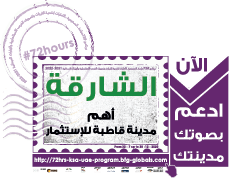
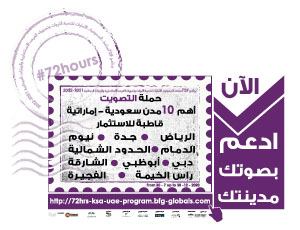

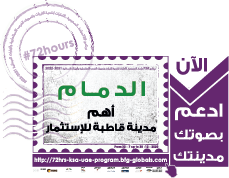
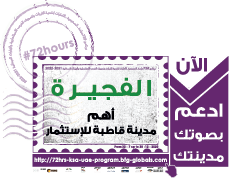
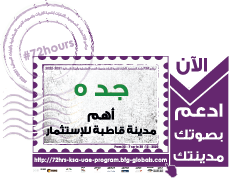
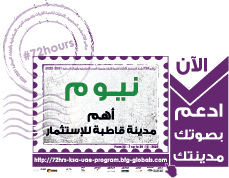
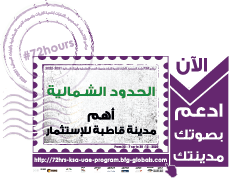
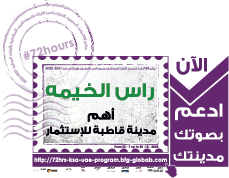
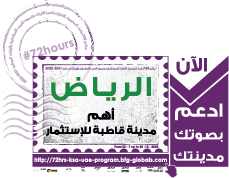











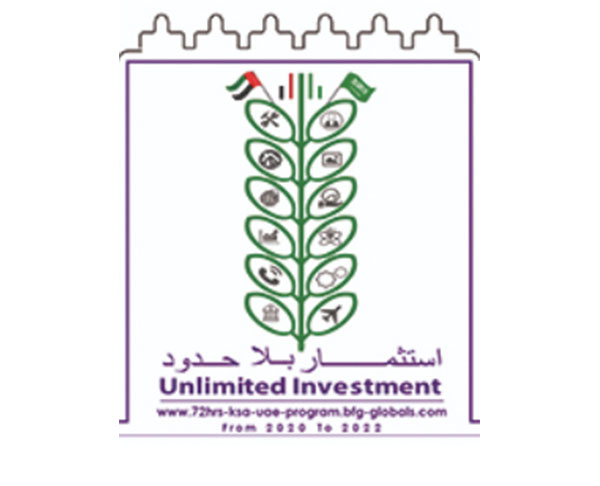


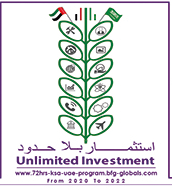
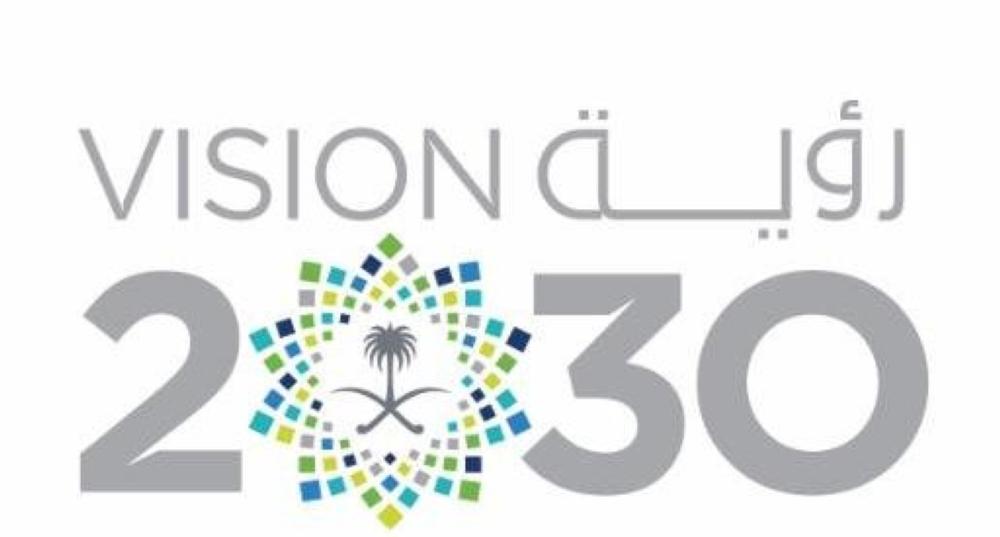

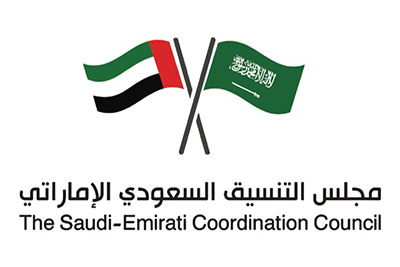
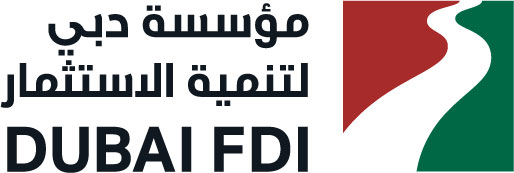


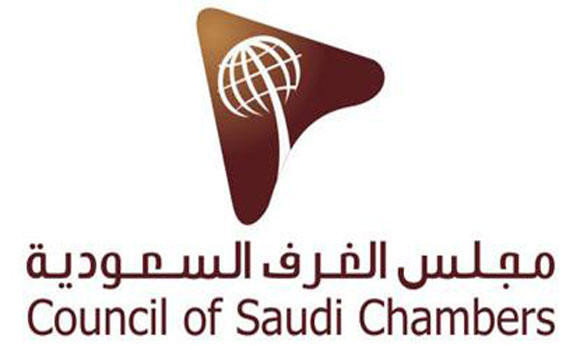



















تواصل معنا